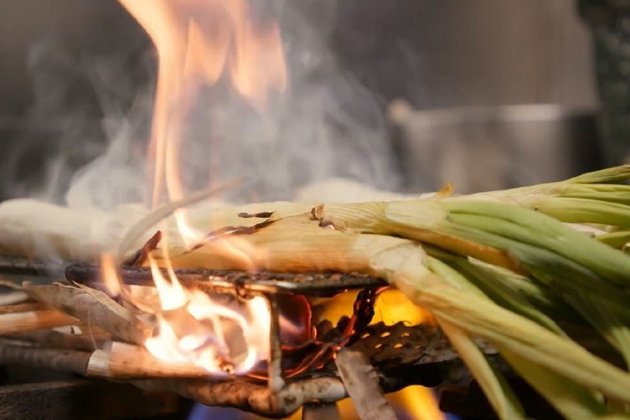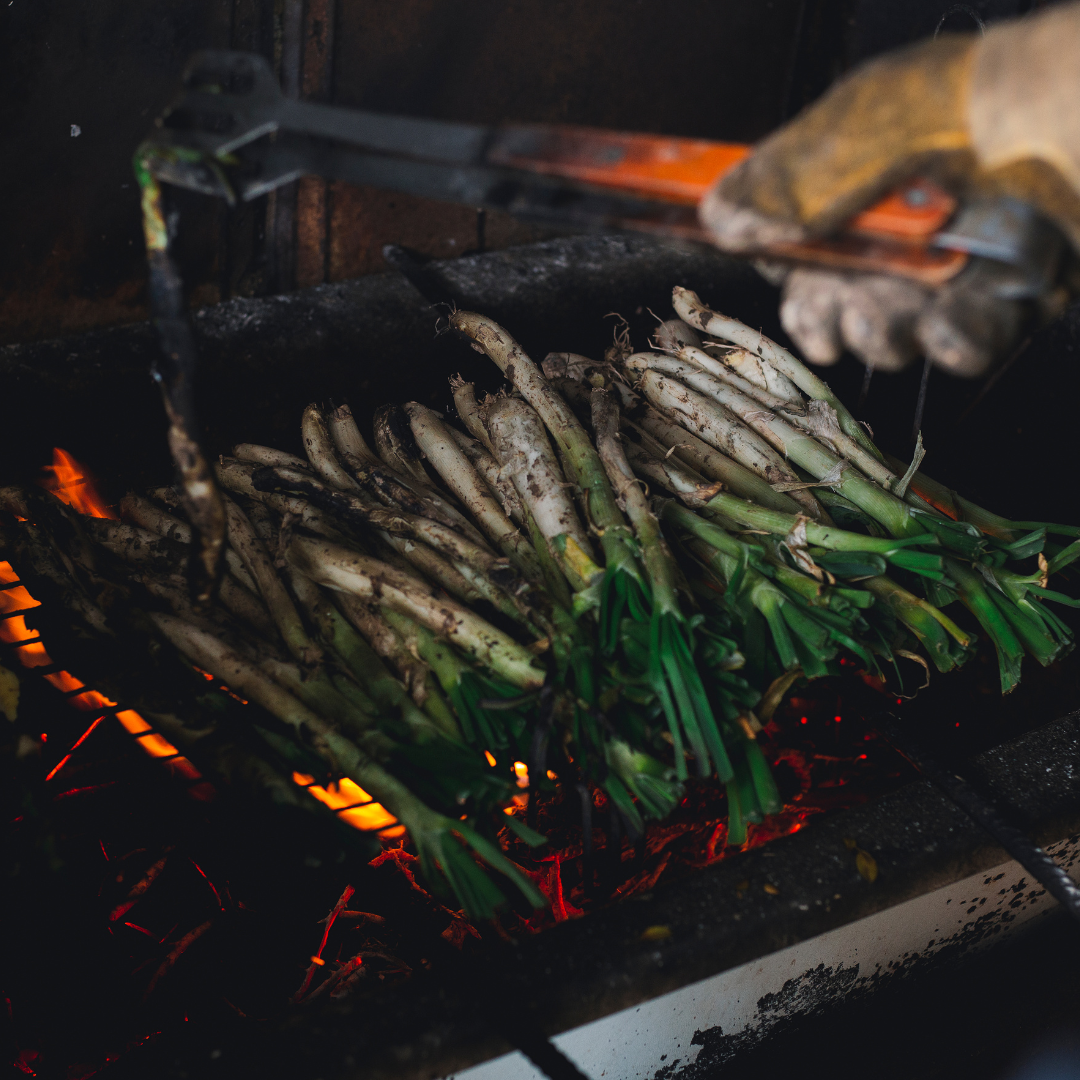Calçots and the tradition of the calçotada are very special events in Catalonia. As winter is starting to wrap up and we are entering the spring season, calçots can be found anywhere and everywhere. Originally linked to the town of Valls, near Tarragona, calçots are a type of green onion that has a more mild taste and a longer shape than a traditional onion. They are unique to Catalonia and have become a staple in many popular dishes. Learn the history behind calçots and why they are such a recognized tradition in Barcelona and all around Catalonia.
🛒 Where to buy the best calçots in Barcelona? 5 markets you cannot miss
🍴 6 best tapas in Barcelona to try for an authentic Catalan experience (with recommendations from locals)
History and tradition of calçots in Catalonia
For over a hundred years, calçots have been a special treat for the Catalonia locals who wait all year for the end of winter when the calçots are freshest and ready for consumption. While it is up for debate how the calçots tradition originated, the most common story involves a peasant named Xat de Benaiges who lived in Valls during the end of the 19th century. The story says that Xat accidentally burned some onion shoots on the fire, so he peeled the outer layers to discover the sweet inside that now is calçot. Today, calçots are a popular dish served at many restaurants in Barcelona and all of Catalonia during the end of winter.
How calçots are prepared and eaten: all about a calçotada
Although calçots are a type of onion, they are not prepared or eaten like anything you would expect. To prepare the calçots, they are usually gathered in bunches of 25 calçots and are cooked over a fire grill over grapevine branches. After they are finished on the grill, it is important to wrap the calçots in a newspaper and let them sit for about 30 minutes so they can finish cooking in their own heat. This cooking process is actually a huge event in Catalonia called a calçotada, where families and friends gather to help prepare and, of course, eat the calçots. After the cooking is over, the calçots are traditionally paired with a romesco sauce, a tomato-based sauce also from Valls that is also commonly paired with fish.
If you thought the calçot cooking process was a whole event, just wait until you read how they are eaten. It is more complex than one would assume. Since the calçots are burning hot and blackened, you have to hold one end of the calçot with one hand while peeling the blackened outside away with the other hand from the top down. Next, you have to dip your calçot in the romesco sauce for a bit of tangy flavour, and then you are ready to lower it into your mouth. This can be a very messy process so many people will wear bibs and sometimes gloves to keep the dripping sauce off their clothes. But this whole experience, especially the bibs, is an exciting time for Catalans and a way to celebrate the start of spring.

What do calçots taste like?
Sure, calçots are in the onion family, but the calçot flavor is so different from any white onion or onion ring you may have. Calçots have a much sweeter and less over-powering taste. They are much more mild and similar to leeks with a tender texture under the outer layer. They have a fresh flavour that pairs well with other traditional Catalan dishes. Since the calçots leave a strong flavour and natural seasoning behind on the grill, other meat dishes, most commonly sausage, are prepared on the same grill. Botifarra served with white beans, or botifarra amb mongetes, is a popular dish that pairs well with the calçot taste. Pork chops, lamb and rabbit are also common dishes served after the calçots.
Calçotada is a Catalan event you do not want to miss for not only the incredible flavour of the calçots but also the lively celebration and time to gather with loved ones, rejoicing in the start of spring.

